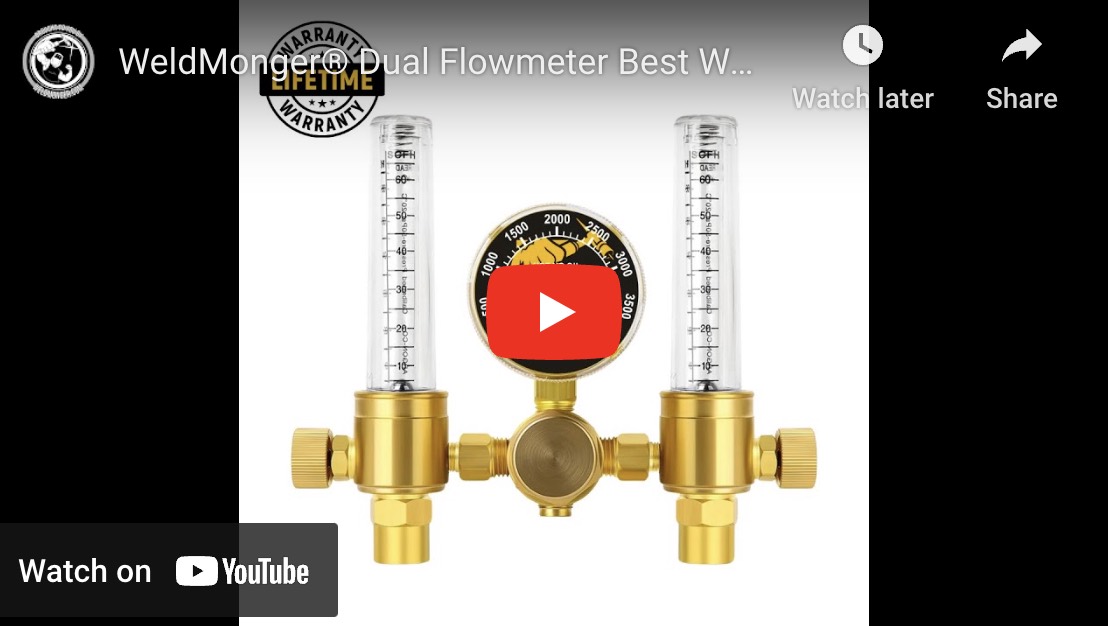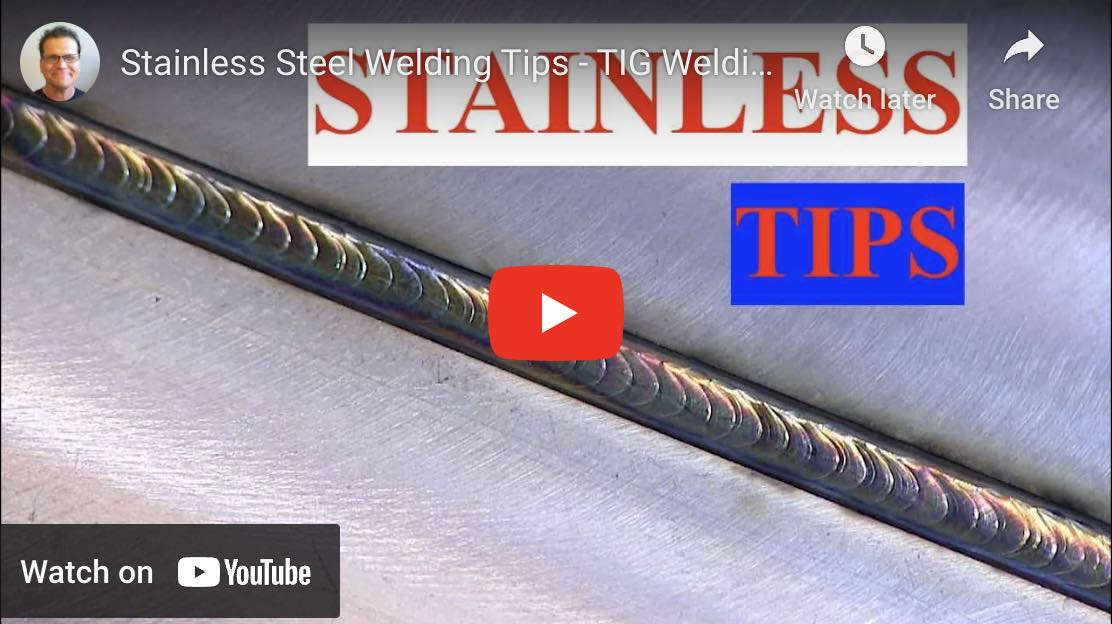TIG Welding Stainless Tip #1
When TIG welding stainless …300 series stainless steel, there are 4 key factors to consider in order to maintain stainless properties.
- purging with argon
- controlling heat input
- using proper wire brushes, abrasives, and tools.
- Electropolishing treatment after welding
- Purging with Argon: Stainless steel is prone to excessive oxidation when exposed to oxygen during welding.
Whenever the back side aka penetration side is molten like on butt joints in sheet metal or open root pipe welds, the weld should be purged.
Purging displaces the air using inert gas (commonly pure argon) and prevents oxidation of the molten stainless. By flooding the backside of the joint with argon gas, the oxygen is displaced, preventing oxidation and ensuring a clean weld.
2. Heat Input: Controlling heat input is a key factor in TIG welding 300 series stainless steel.
Stainless steel has a lower thermal conductivity compared to other metals, which means it retains heat more effectively.
Excessive heat can lead to several issues, including distortion, warping, and loss of corrosion resistance.
When 300 series stainless steel is held at a temperature of 800-1200F for too long, carbon molecules combine with chromium molecules creating chromium depleted areas that are prone to corrosion.
For this reason, filler metals with an L like er308L . The L stands for low carbon.
By properly controlling the heat input, the welder can avoid overheating the material, which could result in the formation of undesirable microstructural changes like carbide precipitation.
These issues can affect the corrosion resistance and mechanical properties of stainless steel.
3. Proper grinding, sanding , use only grinding wheels, sanding discs, and wire brushes that have not ever been used on other metals.
Contaminated abrasives or wire brushes can embed carbon particles in the surface and cause corrosion.
4. Electropolishing: Some applications call for a treatment after welding to ensure the best corrosion resistance. Electropolishing removes free iron along with oxide layers to endure the maximum corrosion resistance.
Electropolishing uses an electric current along with a cleaning solution ( usually a mix of phosphoric and citric acid) to remove heat tint along with oxide layer and any residual free iron that might cause corrosion.
The surface of a properly electropolished weld can have better stainless properties than before welding.

















